3500
BC - 1500 BC
1500
BC
1500-800
BC
600BC
600-200
BC
400
BC
200
BC-200 AD
100
BC
200
AD
800
AD
1100 AD
1200
1800
1947
Brief Hinduism
Time-Line

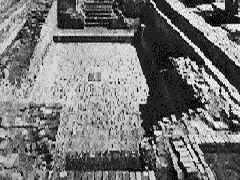

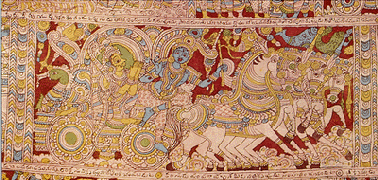

![]()
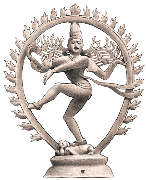



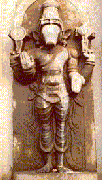
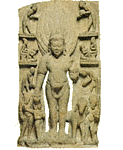
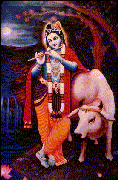


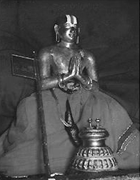
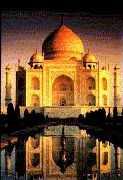









The Vedas as sacred literature are a collection of early hymns dating from the Aryan invasion of India.
The essential meaning of ritual is identified
with Self. Process, an undivided whole and the fundamental reality, is
beyond logic and language. Deities are the symbols of the forces of
life.
Atharva Veda--magical chants, spells, incantations
Yajur Veda--sacrificial formulae
Sama Veda--priest's chants
Kshatriyas--nobles, warriers
Vaisyas--artisans, farmers
Shudras--unskilled laborers
People are different and fit well into different groups.
There are two selves, the
separate ego and the indivisible Atman. When one rises above I
and me and mine, the Atman is revealed as one's real Self.

Chapter 2-6: Regulation of life; conduct of Brahmins
Chapters 7: Life of Kings
Chapter 8-10: Customs and laws
Chapter 11: Penance for Misdeeds
Chapter 12: Karma
"Depend not on another, but lean instead on thyself. True happiness is born of self-reliance."
Soul and God are distinguished. If maya exists in Brahman, the basis of all being, then maya is real.
Indus
Valley Civilization
Arrivial
of Aryans in India
Development
of the Vedas
Beginning
of the Caste System
Epic Period and Composition
of the Upanishads
The
Laws of Manu
Bhagavadgita
Beginning
of Vedanta System
Sankara
Ramanuja
Muslim
Domination
of India
Domination
of India
British
Domination
of India
of India
Gandhi and the Independence
of India
